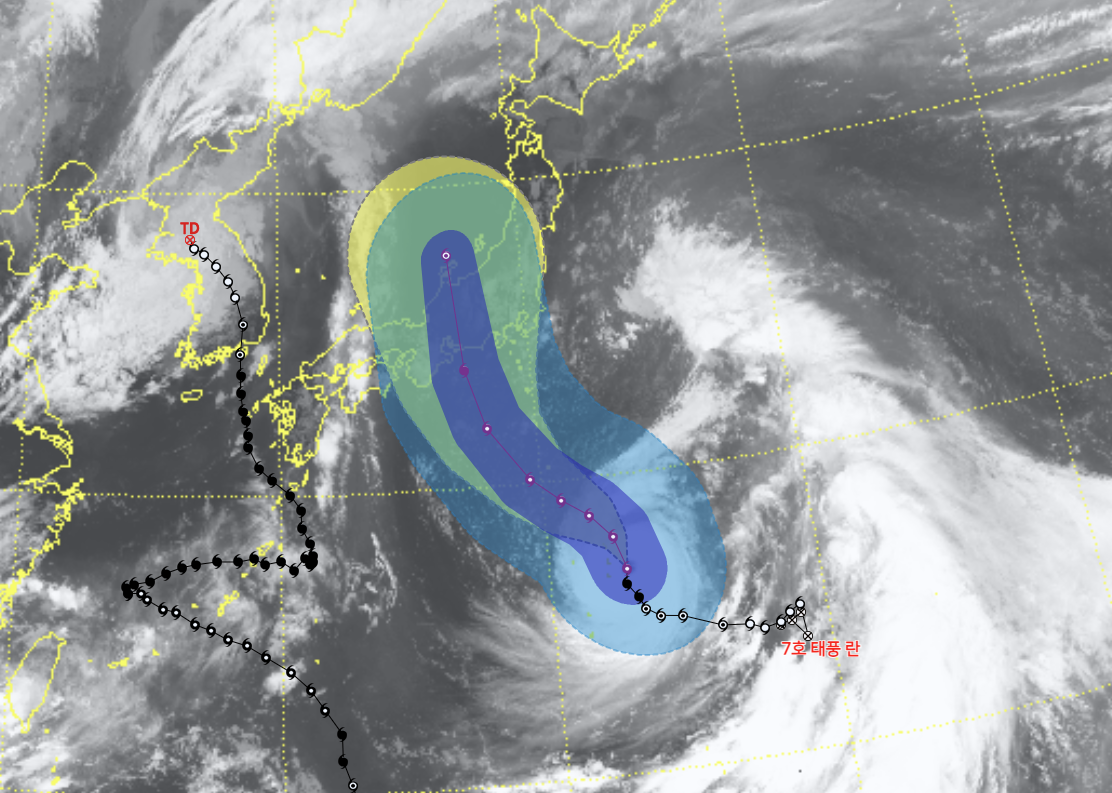It will peak in the period from August 11 to 13 the Perseid meteor shower. This year, the conditions will be optimal for its observation – in addition to the moon, which will not interfere with its light, a clear sky will also contribute to them. If you believe the superstitions, find a dark place with a good view of the sky and prepare a (pretty long) wish list.
This year promises to be a rich spectacle – NASA’s All Sky Fireball Network, which focuses on tracking meteors and fireballs in the Earth’s atmosphere, has already recorded several prominent representatives of this meteor shower. The first Perseids began to decorate our atmosphere already at the end of July.
Look forward to shooting stars
According to the US National Aeronautics and Space Administration (NASA) the meteor shower will reach its peak on the evening of Saturday, August 12. If you don’t have time on this night or cloudy skies spoil the observation, don’t despair. The nights from August 11 to 12 and from August 13 to 14 should be no less plentiful.
Perhaps, looking at the red-hot debris in our planet’s atmosphere, you wonder why the Perseids actually repeat themselves at the same time every year. The answer is simple: it’s dust and larger particles left behind in its orbit by Comet 109P/Swift-Tuttle, which orbits the Sun roughly every 133 years.
When the Earth’s trajectory crosses its orbit full of debris, it heats up to a high temperature upon contact with the atmosphere, which is also reflected in the visible spectrum. Because the orbits of both the comet and the Earth are more or less stable, they intersect at roughly the same time each year. Between 1991 and 1993, it was possible to observe the comet during its last perihelion pass over 300 meteors per hour.
Get ready for the Perseids
The Perseid meteor shower is often called the most beautiful meteor shower of the year. There are good reasons for this – apart from the fact that it offers a high number of meteors, it also takes place in the summer, when the weather is pleasant and the viewing conditions are good. The Perseids are also popularly called the “Tears of St. Lawrence” after the saint whose feast day is August 10.
Unlike last year, when the full moon drowned out some of the meteor glow, this year’s waning phase will make the sky darker, so it will be easier to spot even fainter meteors. The best place to observe the Perseid is in the Northern Hemisphere. According to EarthSky recommendations, the best time is in the hours before dawn, i.e. from about midnight to four in the morning.
Although the meteors will cross the entire sky, you will have the best hope of seeing them if you look towards the constellation Perseus. This is precisely where the so-called radiant is located – the place from which the meteoroids of the given meteor shower seem to fly out.
Countryside observers can see up to 80 meteors every hour during the pre-dawn peak. If you’re in a city, you also have a chance to spot some pieces, but expect a reduced frequency of about 10 meteors per hour, according to the space agency. So it is definitely advisable to find a place in an area away from light smog pollution.
2023-08-10 17:47:15
#Perseid #meteor #shower #peak #weekend #bring #shooting #stars #hour

